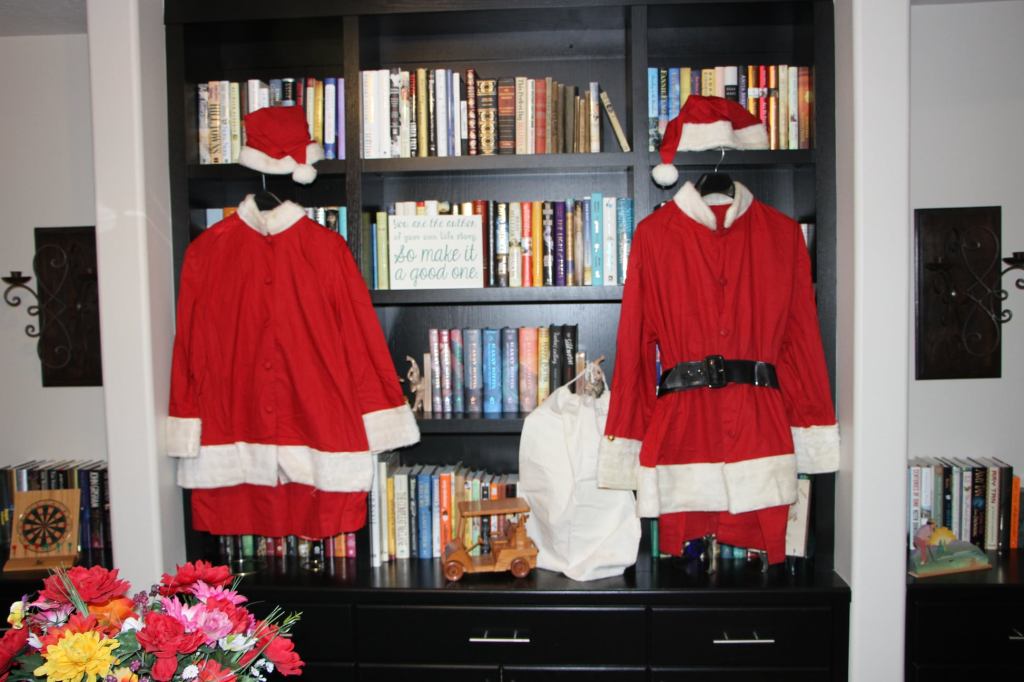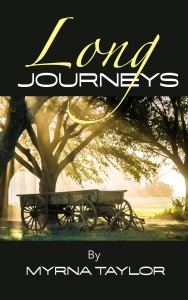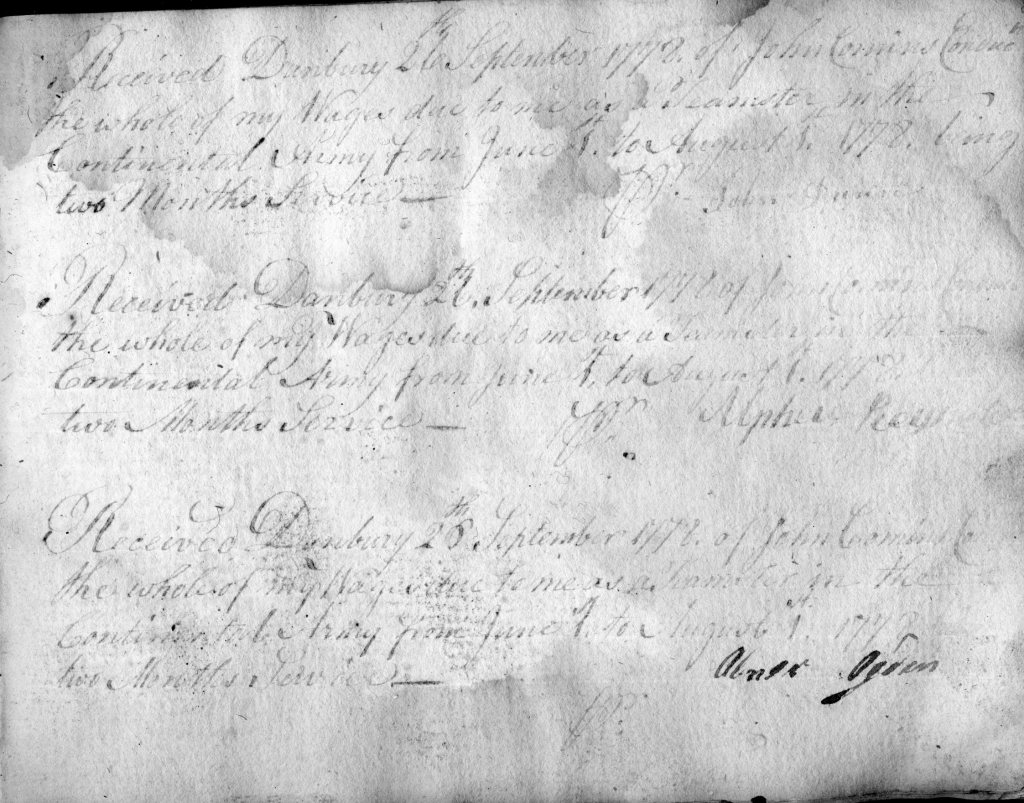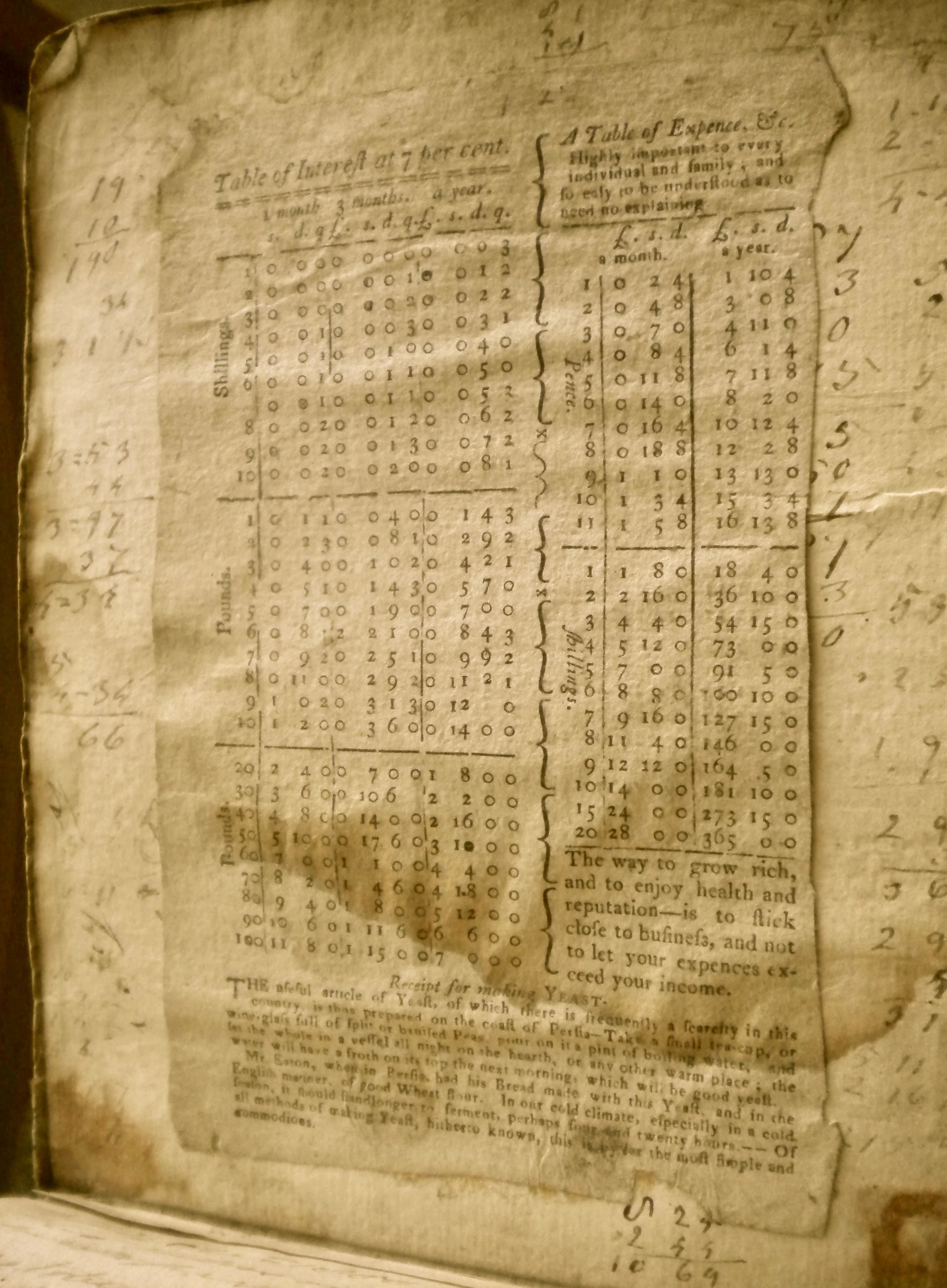DO YOU BELIEVE IN GHOSTS?
Room 2 at the Hotel Manning
In mid-November my sister made arrangements for us to give some Long Journeys book talks in Iowa. Like me, Lonna grew up in Eastern Idaho, but several years ago she and her husband, Mark, had moved to property near Keosauqua, Iowa, that had once been his family’s summer home. Although only about four miles out of town, the house is secluded, with acres of woodland, its own pond full of fish, and deer and other wildlife roaming freely. It would be our base of operations for the week of the talks, but because it has only one bedroom and no place to house guests, Lonna made a reservation for us to spend our nights at the Manning Hotel in Keosaqua. Knowing my interest in the old hotel, she didn’t even need to consult with me before making the decision to stay there. It was the perfect choice.

When we pulled up in front of the hotel to check in for our first night, we saw a young woman get out of the only other car on the street and walk toward the entrance. As she unlocked the front door, she said she saw us coming and thought she better wait to see if we were the guests she was expecting. We would be the only people in the hotel that night. While she checked us in, gave us our keys and directions to our lodgings – Room 2 at the top of the stairs on the 2nd floor – I asked if the hotel is haunted.
“Well, yes, I think it is,” she said. She explained that until two days earlier she had been living with her two young daughters in an apartment within the hotel. One day she was scolding her six-year-old for not eating the lunch she had prepared and sent with her to school, when a cart with wheels started moving on its own around the kitchen. She said while some of the floors in the old hotel were not level, this was not the case in her kitchen. “There was no reason for that cart to have moved.” I laughed and said the ghost was probably a woman who had lost her own child in a measles epidemic and was angry that she was scolding her daughter for something as trivial as eating her lunch.
“I’m going home now, but if you need anything just call me at this number. I only live a couple of blocks away.” With directions to be sure to take our key with us if we left the hotel – so we could get back in – she was gone and we were, as she had stated, the only ones in the hotel for the night.

We made our way up the steep and squeaky stairs with all our luggage, laptop, snacks, and other essentials, to look for our room. Number 2 was the only room with the door closed and locked. We could have slept in any room on the 2nd floor. It was decorated with vintage wallpaper that was starting to peel, bedspreads to match, antique dressers and washstands, plus it had its own bathroom which Lonna had requested because only eight of the sixteen rooms in the hotel do. There were two queen sized beds. We loved it, slanted floor and all.
We were in a corner room with a balcony running all the way around it and outside lights hanging down from its roof. The two beds had heavy vintage metal frames and were on opposite sides of the room. Mine on an outside wall, with windows facing the DesMoines River; Lonna’s on an inside wall with a door that could be opened to another suite.
We worked on our talk for the following day, compared the books we were reading and laughed about the ghosts and about being, literally, the only people in this lovely old hotel. About 11:00 or so we decided to turn out the lights and go to sleep. The building made the usual creaks and groans of a very old structure, but nothing to be alarmed about. For about 20 minutes . . .
And then there was a loud RAP on the wall right behind Lonna’s head – coming from the room next door with the adjoining doorway – the doorway we hadn’t thought to check to see if it was locked. We were nervous, too nervous to go next door and check on that other room, but not nervous enough to get up and leave the hotel in the middle of the night. We settled back down to sleep again. For about 20 minutes . . .
And that is when the lights hanging over the terrace outside our room got weird. I was facing a window at the front of the building by the side of Lonna’s bed, when those outside lights suddenly got very bright. Lonna swears the lights on the side of the building, by my bed, not only got brighter but turned blue.
We talked about leaving. We could go back to Lonna’s house in the woods; I could sleep on the couch with Hootie the Wiener Dog. Eventually I explained to Lonna that since we can’t touch ghosts, they can’t touch us either, so while they might scare us to death, they probably couldn’t do any more than that. We turned the lights back off and settled down to sleep once again. Eventually we both fell asleep and there were no more disturbances, at least that we were aware of, that night or the following one. We did, however, make the decision to move to a more modern building on property behind the original hotel for the remainder of our time in Keosauqua.
The Manning Hotel was built in the late 1800s, had been sold and renovated in the 1940s, and is currently in the process of being restored by a group of local people who have invested in it. The property includes the original hotel, a newer two-story building and several cabins. The guest rooms in the old hotel are the last to be renovated and appear to be on schedule. Restoration on the main floor has begun and the space is already being used for both public and private events, including a 2019 Halloween ghost tour.
But . . . We are not afraid of ghosts!







